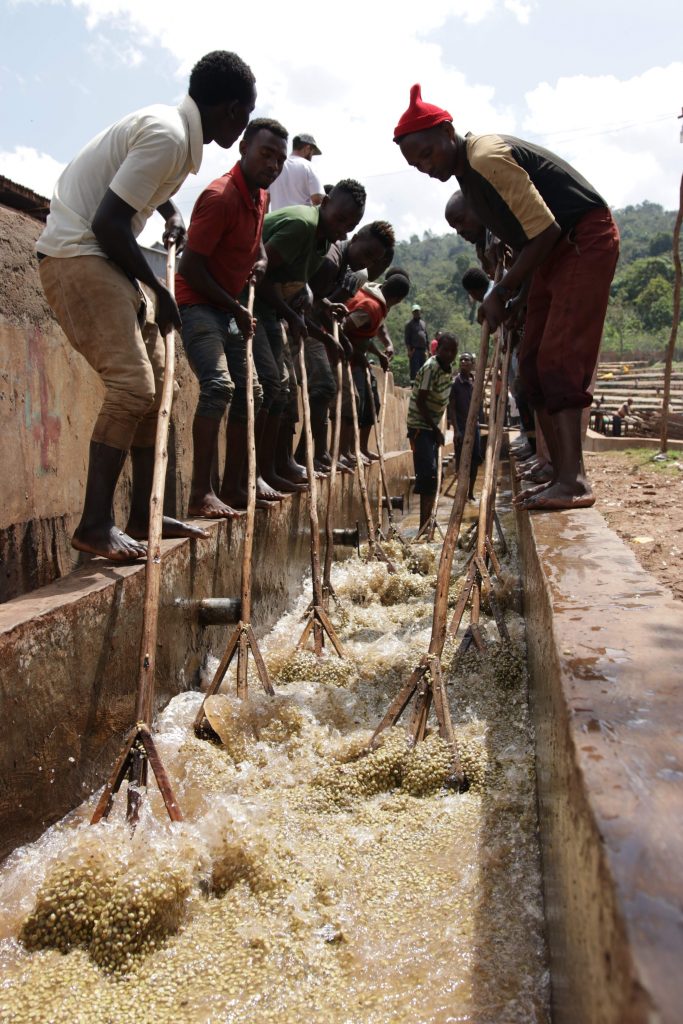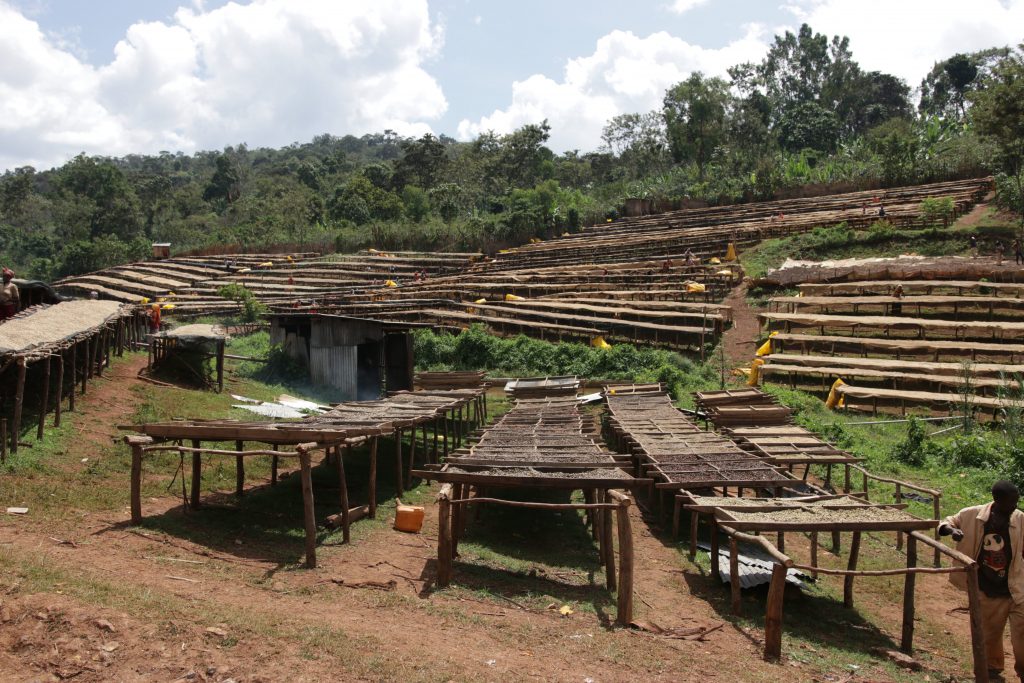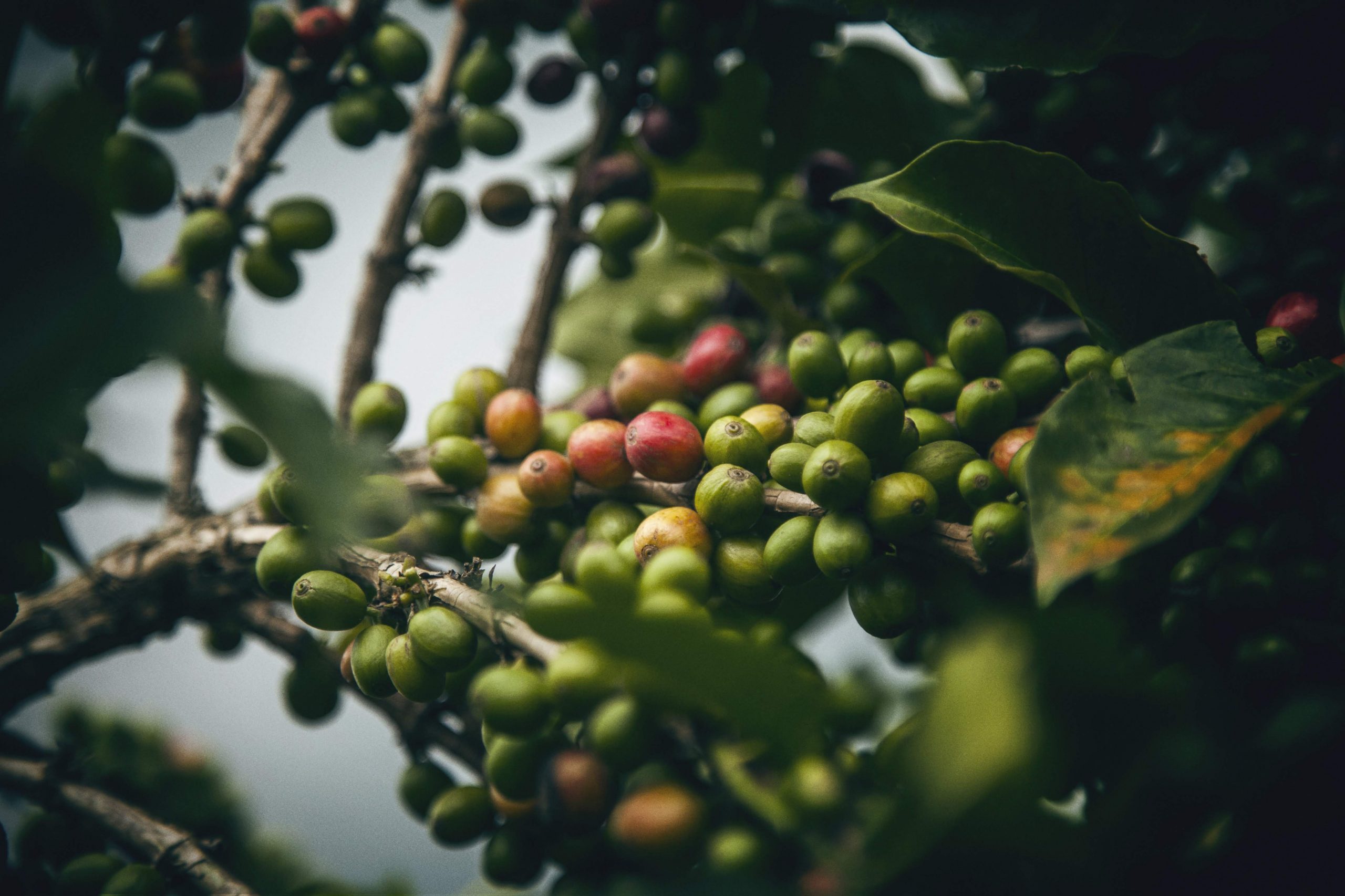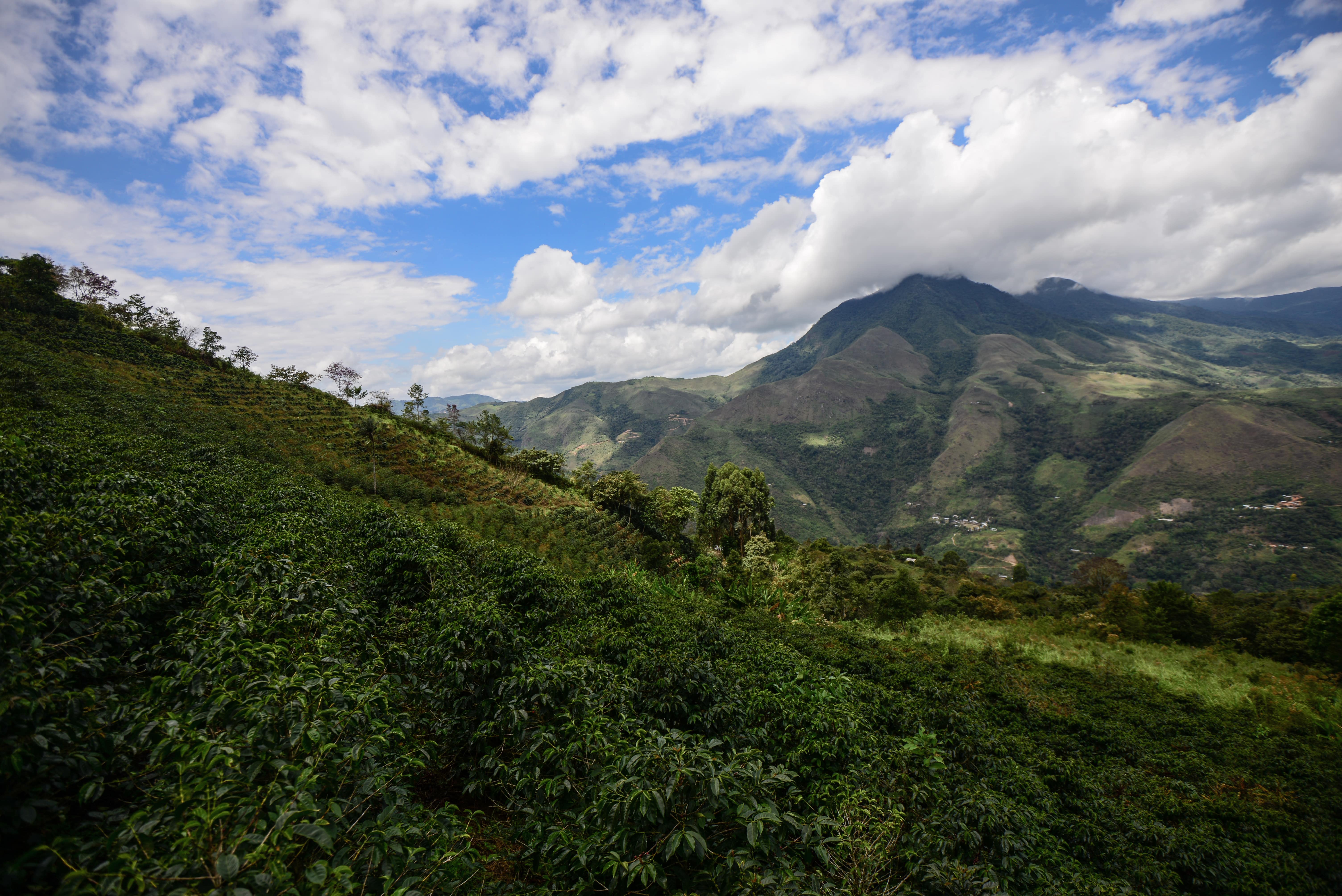What was previously our buying department is now a separate company, Tropiq. In addition to sourcing for Nordic Approach, Tropiq manage large volume sourcing for customers wanting to work more directly at origin, with the capacity to take on some additional risk. Learn more about Tropiq here.
Our East Africa buyer, Alexander Lenouvel Hansen, is detailing the hard work of a coffee buyer on the Tropiq blog. Here is Part 2 of the series, “What Does A Green Coffee Buyer Do – Part 2: Reporting.”
It’s November and I’m in Ethiopia, doing the on-the-ground-planning for the upcoming harvest. On my way to breakfast I heard gunshots in the distance.
We don’t talk about it much in this industry, but firearms and violence are part of everyday reality in all the countries we travel to. That morning two tribes disagreed on the borders of their respective tribal lands, someone opened fire and eleven people died, just a few kilometres away. Sadly I wasn’t shocked, it felt almost routine. It is a risk that coffee professionals have to accept, along with our duty to stay informed, understand our surroundings and communicate the reality of what we see.
Capturing the reality (aka taking copious notes)
Understanding the realities of origins involves constant note taking. If I skip this, I lose the small details that make every farmer, every washing station, and every coffee professional unique. This would diminish the coffee I buy, for its story is as valuable as the liquid in the cup.
I take notes in two ways. Firstly I have technical sheets with detailed fields for altitude, size, variety and processing. Additionally I note the following:
- Will the harvest be early, as expected, or later this year?
- Is it a small or large harvest?
- Have our partners made any improvements?
- What is the market price?
- What are suppliers paying their farmers?
- What premiums are we able to pay?
- Are farmers and employees treated with respect and given a fair wage?
- Are we willing to pre-contract to secure volumes and ship earlier?
- Are we partnering with new suppliers?
- When are we going to see the first washed coffees on the cupping table?

Are farmers and employees treated with respect and given a fair wage? This is one of the questions I hope to answer when visiting any washing station.
Secondly, I keep a personal journal to log the cultural and emotional experiences of each day. Events can start to blur as almost everyday goes something like this:
Fell asleep in the car — air conditioning never works.
Washing station floated cherries and did carbonic maceration.
Visited a family close by.
Was sick last night, dreamt of coca cola and white bread.
Left for Addis, stomach still wobbly.
Fortunately, thanks to copious note taking, this is not all I have to report. Every station has its own signature, region, village, soil, varieties, climate, tribal groups, manager, attitude, processing facility and methods, water, drying and storing facilities, among other details. I write it all down.
Capturing the emotions (aka taking copious notes)
My personal journal is also a tool for processing the many emotions I feel when sourcing in Ethiopia, especially when meeting farming families. Some are poor on the verge of losing their livelihood, some had their house destroyed by another tribe, some are desperate for change, some seek clarity around the trade, some want to create a long term relationship, some just want to share a few words with a foreigner, some want to show their pride which is their coffee farm and animals and some want to pitch their latest business idea.
Being offered a chapati and warm milk straight from the cow, when you know that the family has nothing, is one of the most heartwarming, humbling and human experiences one can imagine. I write it down.
Like most coffee buyers I desperately want to give back to that family, but I know it is politically and culturally complicated. Maybe as an individual I could affect some change, but what’s really needed is an industry-wide change. For now, I simply write it down.

Back in Oslo for reporting and more planning
It’s December. I just got back from Ethiopia and my first task is to share my experience with the team. Once the reporting is done, I can start planning the origin trip for the main harvest when customers will join us. Before I get on that plane, we need to decide which suppliers we will work with, so I review my notes and consider their practices, like:
- Are they selecting only ripe cherries?
- Do they float the cherries?
- How dedicated is station management?
- Is the pulper clean?
- Are the fermentation tanks clean?
- Do they monitor time spent in the tank?
- How do they grade the coffee after fermentation?
- Is the water they use clean?
- Do they soak the parchment before drying?
- Do they have a filtration system for the waste water?
- Drying beds?
- Is there any child labour?
- What is the average workload of an employee?

How clean is the pulper? In what condition are the drying beds? This is just some of what I aim to find out on this first visit to origin.
It’s the Christmas rush for our customers so the whole team is madly working to get their coffees to their roasteries. Amidst this I am confirming our itinerary and helping the roasters who will join us on the next trip with their travel plans. Things are hectic in the Oslo office but the team is on top of things. Still, I can’t wait for that Christmas vacation!



0 Comments